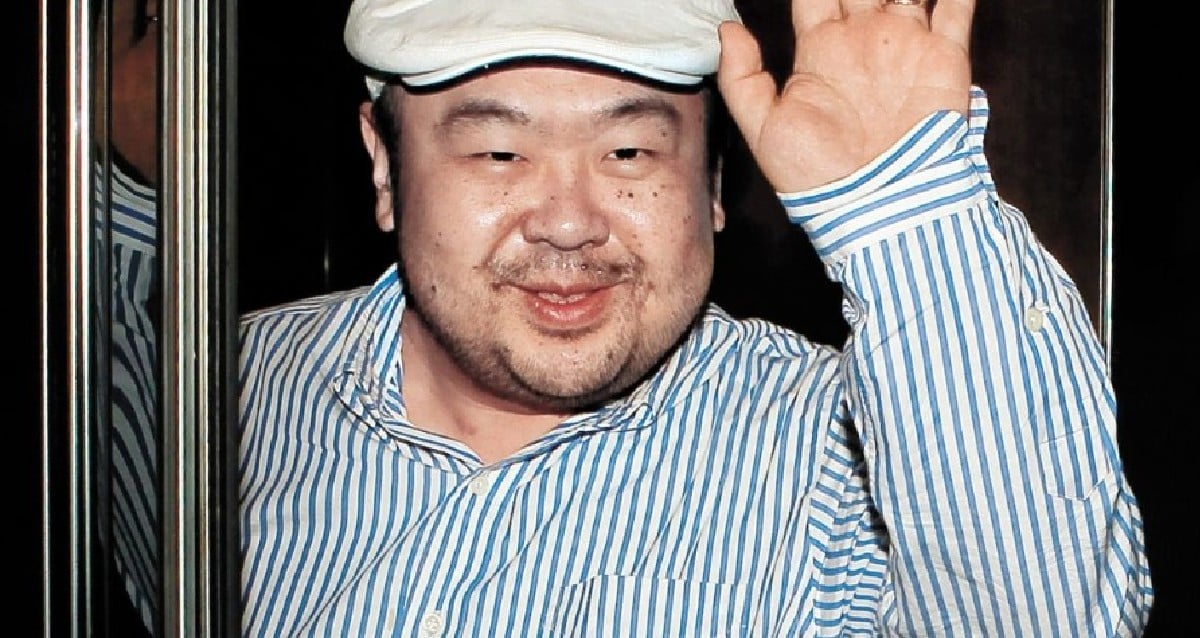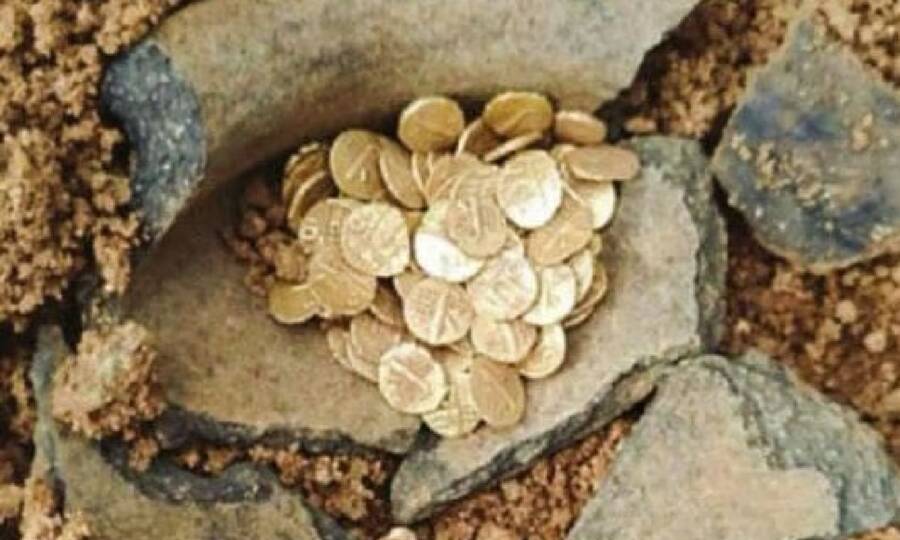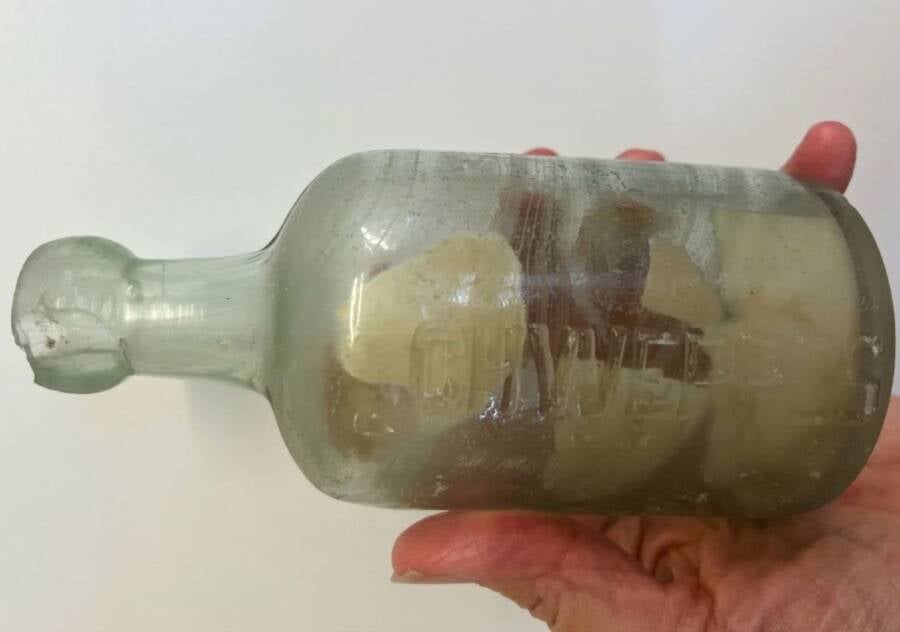The Untold Secrets Behind Kim Jong-Nam’s 2017 Assassination That Shook North Korea’s Power Struggle

Wikimedia CommonsFormer North Korean leader Kim Jong-il, Kim Jong-nam’s father.
The Tokyo Disneyland incident seemingly changed the trajectory of Kim Jong-nam’s life, but it’s possible that other factors were also at work to keep him from attaining power in North Korea. Exposed to Western ideas at a young age, Kim Jong-nam purportedly advocated for political and economic reform in his country. A shocking Wall Street Journal report from 2019 even claimed that Kim Jong-nam was a source for the CIA.
Meanwhile, his younger half-brother Kim Jong-un seemed to fall much more in line with their father’s regime.
Indeed, as Kim Jong-nam entered quasi-exile, taking up residence primarily in Macau (though he also traveled extensively, including in Europe), Kim Jong-un’s star seemed to rise. In 2009, reports emerged claiming that Kim Jong-un had been officially named his father’s heir. And when Kim Jong-il died in 2011, Kim Jong-un officially took power.
From that point on, Kim Jong-nam’s days were numbered.
The Failed Attempts On Kim Jong-Nam’s Life
Though his father had purportedly “urged that Kim Jong-nam be left alone and not targeted or harassed by the regime,” in his will, according to North Korean House of Cards by Ken Gause, there were several attempts on Kim Jong-nam’s life before and after Kim Jong-il’s death.
A North Korean agent arrested in South Korea admitted that they’d been tasked with killing Kim Jong-nam in 2010; in 2011 there were also reports about attempts on his life after the death of his father.

Wikimedia CommonsKim Jong-un, current leader of North Korea and Kim Jong-nam’s younger brother.
In 2012, there was yet another attempt on Kim Jong-nam’s life. That year Kim Jong-nam allegedly wrote to Kim Jong-un, pleading to be simply left alone. “We have nowhere to go, nowhere to hide,” he purportedly wrote. “We are well aware that the only way to escape is suicide.”
Indeed, it seemed very likely that Kim Jong-un was behind the assassination attempts, as he may have wanted to remove any threats to his regime. If so, his brother’s letter fell on deaf ears. When assassins came for Kim Jong-nam in 2017, they would finally succeed.
Kim Jong-Nam’s Death After Being Attacked At A Malaysian Airport
The assassination of Kim Jong-nam took place on Feb. 13, 2017 at Kuala Lumpur International Airport in Malaysia. The method of assassination was as unusual as it was effective: two women approached him separately in the departure hall, smeared a substance on his face, and disappeared.
Kim Jong-nam then sought help at an airport service counter, reporting that someone had wiped a liquid on his face. Airport clinic workers tried to help him, but it was clear that he was rapidly deteriorating.
“When I saw him, his hands were clutching his head,” the airport clinic doctor recounted, according to the Washington Post. “He was closing his eyes tightly and his face was very red. He was sweating profusely.”
Kim Jong-nam died en route to the hospital about 20 minutes later.

ZUMA Press, Inc./Alamy Stock Photo A Malaysian newspaper story about Kim Jong-nam’s assassination.
The assassination shocked the world. It was public, it was precise, and it had been captured by security cameras. Footage showed two women — Doan Thi Huong from Vietnam and Siti Aisyah from Indonesia — approach Kim Jong-nam separately and apply the substances. One wiped his face with it. The other came up behind him and covered his eyes with her hands, slid her hands down to his mouth, then apologized and walked away.
The substance was later identified as VX nerve agent, a military-grade chemical weapon classified by the United Nations as a weapon of mass destruction and banned by the Chemical Weapons Convention of 1993.
How The World Responded To The Assassination Of Kim Jong-Nam

ZUMA Press, Inc./Alamy Stock Photo Đoàn Thị Hương being escorted by armed guards during her trial.
Malaysian authorities quickly launched an investigation, and Huong and Aisyah were arrested within days of the attack. They claimed they believed they were participating in a prank for a reality TV show — and had no knowledge they were committing murder. Meanwhile, several North Korean suspects also fled Malaysia after the death of Kim Jong-nam.
The investigation created significant diplomatic tension between Malaysia and North Korea. North Korea denied any involvement in the killing and refused to acknowledge the body was Kim Jong-nam’s, referring to him only as “Kim Chol,” the name on his diplomatic passport. The regime also demanded the immediate release of the body and objected to an autopsy.
Eventually, this escalated to the point where both countries expelled each other’s ambassadors, and North Korea temporarily barred Malaysian citizens from leaving the country.

Imago/Alamy Stock PhotoSiti Aisyah leaving court in Shah Alam, Malaysia, March 11, 2019, after murder charges against her were withdrawn.
The trial of the two women began in October 2017, but neither ultimately faced any serious repercussions. In March 2019, charges against Siti Aisyah were dropped, and she was released. The following month, prosecutors reduced the murder charge against Đoàn Thị Hương to “causing injury,” to which she pleaded guilty. She was sentenced to three years and four months in prison but was released early in May 2019.



















